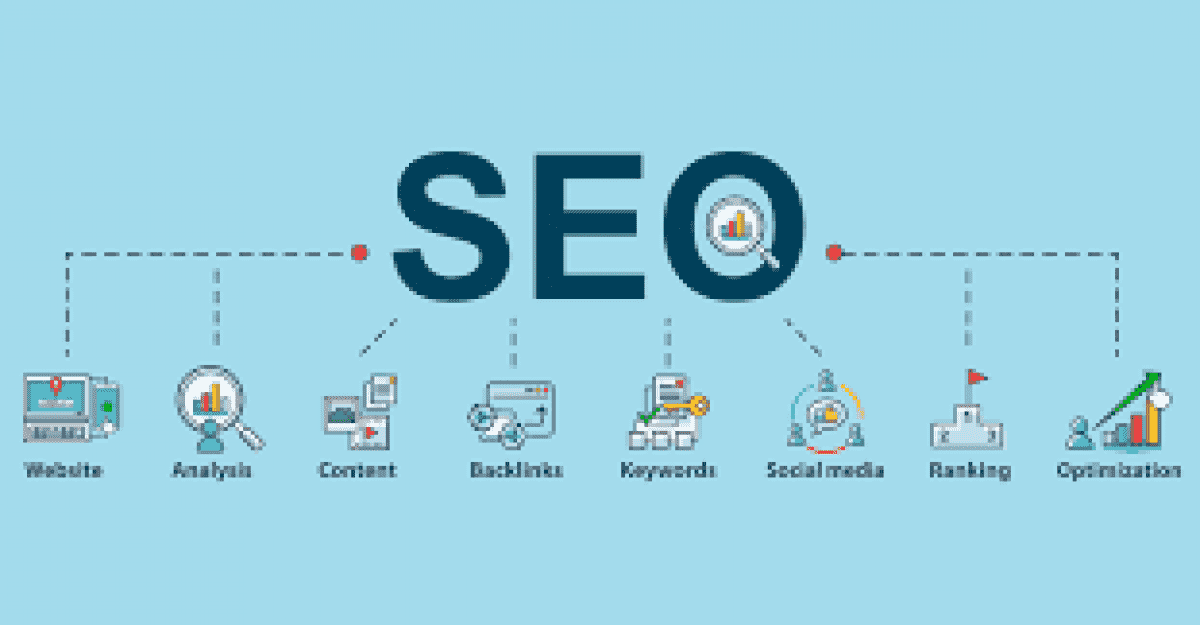How To Design Product Pages That Convert?

While browsing a site, have you ever been frustrated not to find information about a product, or even not being reassure
While browsing a site, have you ever been frustrated not to find information about a product, or even not being reassured enough and finally leaving the site?
If the answer is yes, it means that the site in question has not integrated the necessary elements and / or designed a page structure that facilitates navigation until the purchase of the desired product.
The fundamentals to integrate on a product page
Before going any further on certain features, it is necessary to present users with essential elements to facilitate their discovery of the product. Here is a checklist of the elements that must be present:
- The Ariadne's thread
- Product name
- A visual, at least one and of very good quality
- A concise description, a sort of introduction in 2-3 lines
- Product specific options (size, color, container)
- Product availability
- The price
- The details of the shipping costs, nothing is more disappointing than discovering this later in the purchase journey
- An add to cart button
- Reinsurance (secure payment, customer service / after-sales service, product origin, quality certificate, free return, etc.)
- Similar products (cross-selling).
To illustrate the point, here is an example of a first level of reading of the Chrome Industries site on which we find these elements.
The structure of the product page
The elements defined, the layout must also be optimized on mobile and computer to facilitate reading, visibility of main information and provide a positive experience. Indeed, if the texts are too small or if the level of contrast is not sufficient, users will go through the elements that will allow them to put the product in their basket and to finalize the transaction.
Respect the fundamentals of ergonomics
This is why it is essential to respect the fundamentals of Ergonomics HMI (Human Machine Interface) , in order to offer a site that will be efficient and easy to use . Among these, it is necessary to respect the direction of reading with for example the photo of the product on the left and the information and the button on the right.
The prioritization of information will make it possible to highlight the elements according to their importance to achieve the conversion objectives.
In the purchasing process, the feedback when adding a product to the cart should not be forgotten. Opening a pop-up window, for example, will confirm to the user the action they have just taken and prevent them from wondering, or even adding the same product several times.
Secondary elements
To go further, other elements can be presented to users to inform them, reassure them or even allow them to project themselves more. Among these, we can find a more detailed description of the product or even specific technical features.
An example with the Salomon site which offers an “Essential Info” section with details on the lacing system, the waterproofing of the products or the scales on particular points (stability, breathability, protection, lightness).
Indications which allow their users to know a little more and above all, which prevent people from leaving the site to seek this information on another site.
Related Posts
Woocommerce plugins that cannot be missing in your WordPress

